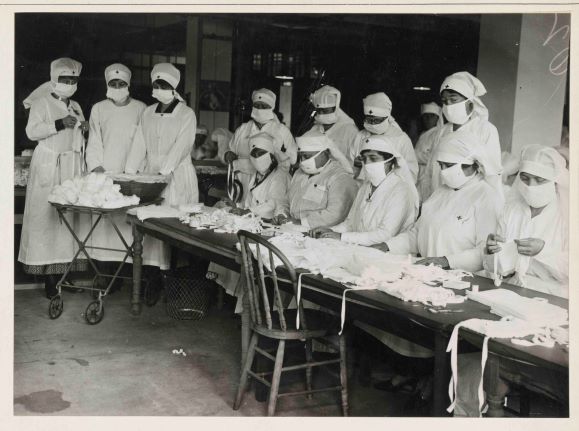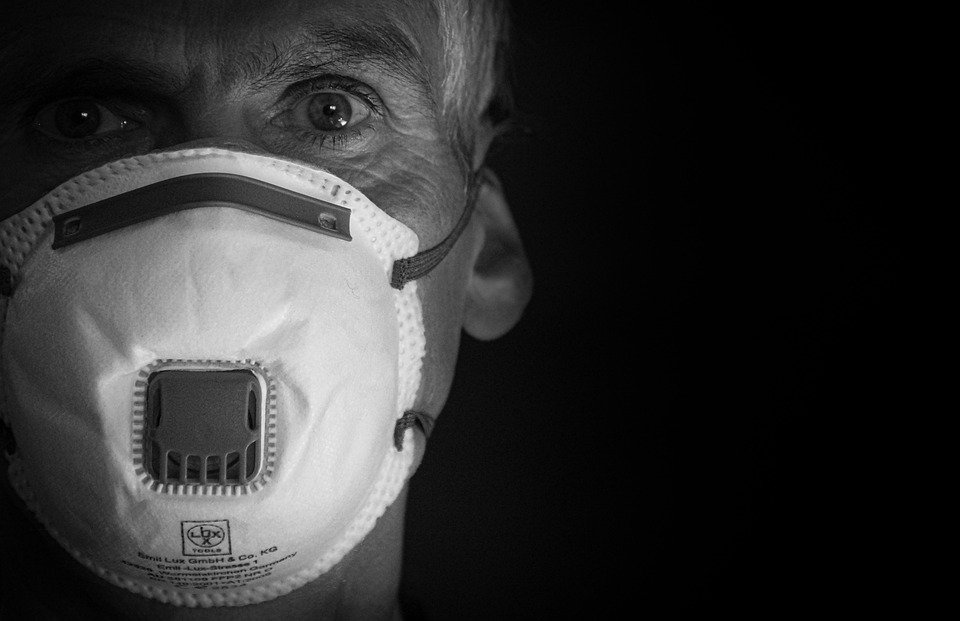Pandemic Stories: UVA Nursing
Nurses have been at the forefront of public health crises throughout history and collecting their stories is a mission of the Eleanor Crowder Bjoring Center for Nursing Historical Inquiry at the University of Virginia‘s School of Nursing. Beth Hundt, clinical assistant professor and Bjoring Center associate; Maura Singleton, Bjoring Center program manager; and Barbra Mann Wall, Thomas A. Saunders III Professor of Nursing and Bjoring Center director, emphasize the importance of recording experiences of nurses during this global pandemic.
We welcome your thoughts below.
PANDEMIC STORIES
We at the Eleanor Crowder Bjoring Center for Nursing Historical Inquiry at the University of Virginia School of Nursing have been thinking about how to capture the narratives of nurses who have risked their lives working in hospitals, homes, and other institutions as they care for patients with COVID-19. We are leading an initiative to collect “pandemic stories” among nurses on the front lines of this public health crisis. This follows other universities, archives, historical associations, and museums across the world as they collect and preserve personal accounts of how healthcare workers and others have experienced this pandemic.

But whose stories are told? Specifically, who is interviewed in the media and who is not? Who is being “counted” in the data and who is not? And what about stories not captured by data–such as male nurses and healthcare workers shaving off their beards to afford maximum protection when wearing personal protective equipment (PPE)? Or nurses raiding their craft supplies to sew masks for colleagues because the supply of PPE is so unreliable? Or the thoughts and feelings of nurses who are caring for dying patients without family present—even their own friends and colleagues? These individual stories are relevant and powerful. As historians, we know how to gather oral histories from diverse participants and how to chronicle evidence. Hopefully, a year or two from now, these stories can help craft a narrative that shows the importance of everyday health practices and how health and public health infrastructures fundamentally need improvement at all levels of society.

We have also lost dozens of nurses to the virus itself, but numbers do not tell us who these nurses were, the singular lives they led, and what these deaths mean for nursing as a profession. Thus, we have offered our center as a repository for nurses’ names who have given their lives while saving others. This permanent record will be something that people can look back on in the years to come to understand the toll on nurses in this pandemic and in other more recent ones, such as the Ebola outbreak.
Our collection already includes photos from regional emergency command centers, reflections of students and frontline nurses, thoughts on compassion despite the barriers of having to wear so much PPE, and the experiences of Department of Corrections nurses—simultaneously celebrating the Year of the Nurse and Midwife while caring for one of the most vulnerable populations during this pandemic. We plan to collect these stories and artifacts in the hope that future historians can better understand the experiences of nurses and frontline healthcare workers during this historic public health crisis, and hope that these narratives drive much-needed change in health policy and public health infrastructure.
 Do you know a nurse or healthcare worker on the front lines of this pandemic? Please encourage them to send photos, stories, audio diaries, or videos to the Bjoring History Center at pandemicstories@virginia.edu.
Do you know a nurse or healthcare worker on the front lines of this pandemic? Please encourage them to send photos, stories, audio diaries, or videos to the Bjoring History Center at pandemicstories@virginia.edu.
- Stay on Track: Turning Resolutions into Results
- From “Jimmy Who?” to “What Would Jimmy Do?”
- Washington’s Bold Gamble: Christmas Day 1776
- Increasing Your Impact With Planned Giving
- UVA Club of Boston: UVA Men's Basketball Game Watches
- UVA Club of New Mexico: Cavs Care - Roadrunner Food Bank


